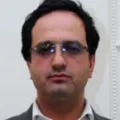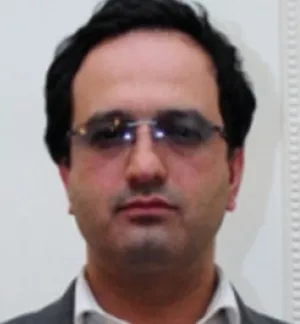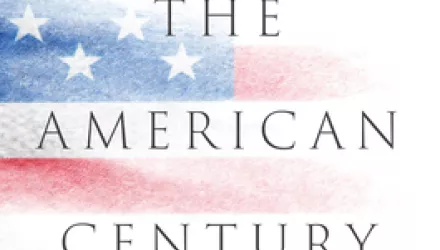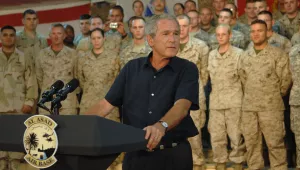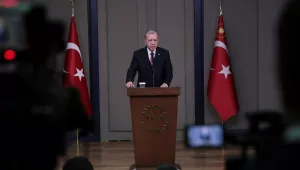"In 2004, King Abdullah of Jordan warned about the emergence of an ideological Shiite crescent from Beirut to the Persian Gulf. Ever since then, the debate on Iran's intentions to create a Shiite crescent has been a significant topic of debate for the panels and conferences held on the region's issues. Three presumptions center on Iran's role and intentions. A Shiite crescent is seen by the Arab Sunni elites as an attempt by Iran firstly to engage the masses in the region; secondly, to build an ideological belt of sympathetic Shiite governments and political factions in Iraq, Syria, Lebanon, and the Persian Gulf region; and, thirdly, to expand its regional role and power. These explanations are inadequate and unrealistic; none of them are compatible with Iran's real aims and strategies. In this article, I aim to analyze this issue from an Iranian perspective. Is Iran trying to engage the Arab Shiite masses? Is Iran attempting to expand its regional influence by building an ideological Shiite crescent? What are Iran's aims in establishing friendly relations with the Shiite factions in the region? With the new political developments in post-invasion Iraq, one should not dispute that there is an ongoing conflict between the Shiites and the Sunnis in the region. Yet my argument is that this rivalry is a pure inter-Arab world power-sharing conflict rather than an ideological Iranian-Arab rivalry. To examine this idea, I argue firstly that, given Iran's political dynamics and the existing cultural-societal and historical distinctions between the Persian...."
Barzegar, Kayhan. “Iran and the Shiite Crescent: Myths and Realities.” Brown Journal of World Affairs, Fall/Winter 2008

